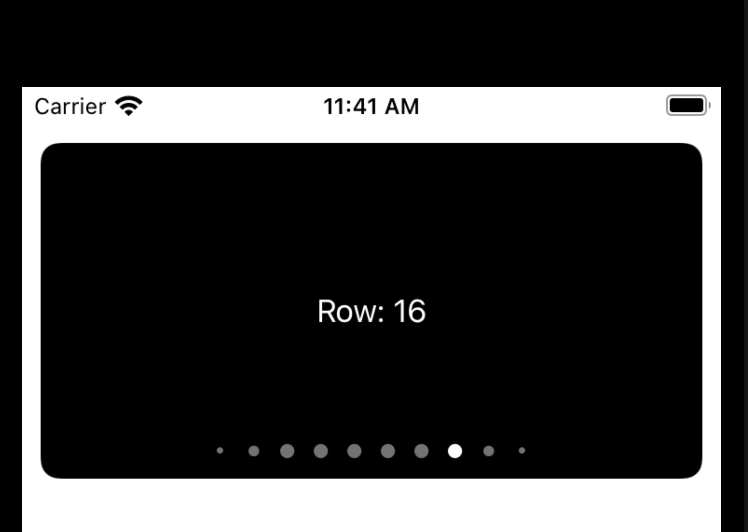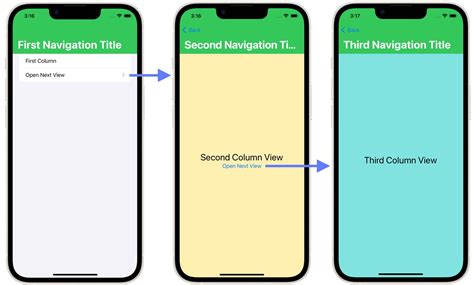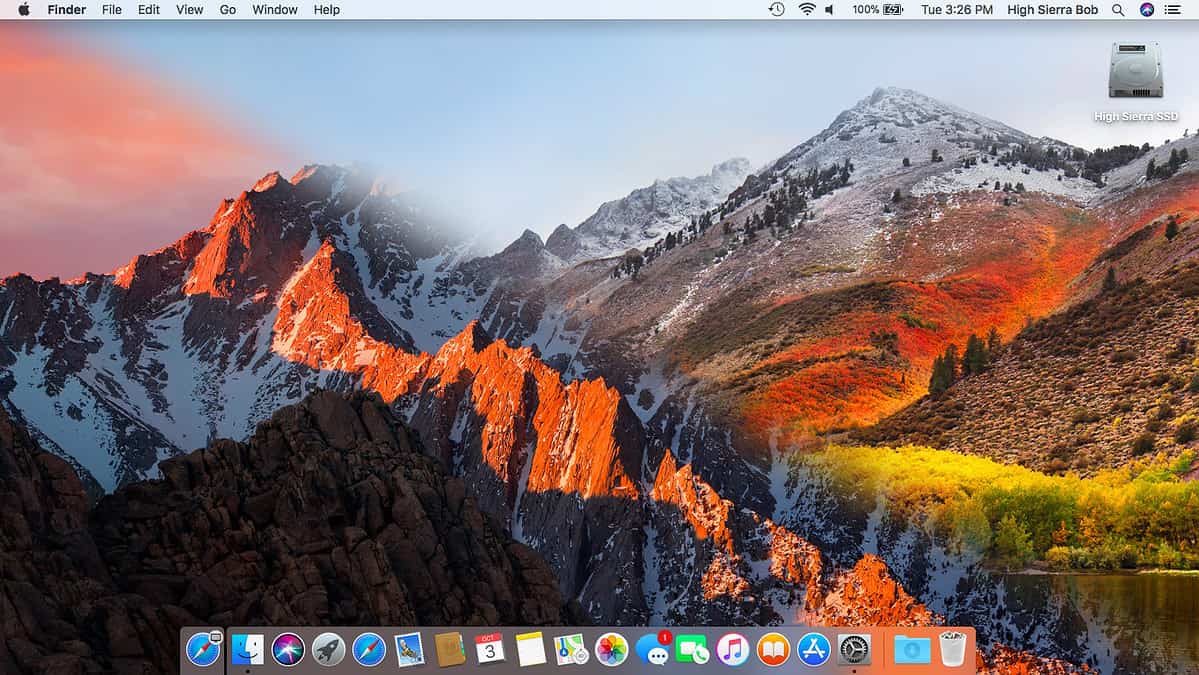Hide SwiftUI's PageTabView Dots

SwiftUI's PageTabView is a powerful tool for creating user-friendly and visually appealing navigation systems within iOS applications. This control allows developers to implement a tab-based interface, offering users an intuitive way to switch between different sections or pages of an app. One common customization request is to hide or modify the default dots that indicate the user's position within the tabs.
In this article, we will delve into the intricacies of hiding the PageTabView dots, exploring the various methods and techniques available to achieve this customization. By understanding these approaches, developers can create more personalized and engaging user experiences, aligning with the unique requirements of their applications.
Understanding PageTabView Dots

The PageTabView dots, also known as page indicators, serve as a visual cue, helping users understand their position within a set of tabs. These dots typically appear below the tabs, with the currently selected tab's dot being highlighted or animated to draw attention.
While these dots provide valuable feedback to users, there are instances where developers may want to customize or remove them. This could be to maintain a specific design aesthetic, to avoid clutter on the screen, or to create a more seamless and minimalistic user interface.
Methods to Hide PageTabView Dots

There are several approaches to hiding the PageTabView dots in SwiftUI, each offering a different level of customization and control. Let's explore some of these methods:
Using PageTabView Style
SwiftUI provides a style property within the PageTabView that allows developers to customize the appearance of the tabs and their indicators. By setting the style to .page, the dots can be hidden, resulting in a more streamlined look.
PageTabView(selection: $selectedTab) {
TabViewItem(tag: 1, label: {
Text("Tab 1")
})
TabViewItem(tag: 2, label: {
Text("Tab 2")
})
}
.pageTabViewStyle(.page)
In the above example, setting the .pageTabViewStyle(.page) ensures that the dots are not displayed, providing a clean tab-based navigation without the indicators.
Customizing with TabViewItem
Another approach is to utilize the TabViewItem to customize the appearance of individual tabs. By setting the tag property and providing a custom label, developers can create their own tab indicators, effectively hiding the default dots.
PageTabView(selection: $selectedTab) {
TabViewItem(tag: 1, label: {
Image("tab1Icon")
.resizable()
.aspectRatio(contentMode: .fit)
})
TabViewItem(tag: 2, label: {
Text("Tab 2")
.padding()
.background(Color.blue)
.foregroundColor(.white)
.cornerRadius(8)
})
}
In this example, the first tab uses an image as its indicator, while the second tab employs a custom label with a background color and rounded corners. This approach gives developers the flexibility to design unique tab indicators without relying on the default dots.
Hiding Dots with PageViewStyle
SwiftUI also offers the PageViewStyle that can be used to customize the appearance of the page indicators. By setting the indicator property to nil, the dots can be effectively hidden, providing a seamless navigation experience.
PageTabView(selection: $selectedTab) {
TabViewItem(tag: 1, label: {
Text("Tab 1")
})
TabViewItem(tag: 2, label: {
Text("Tab 2")
})
}
.pageTabViewStyle(.page(indicator: nil))
In the code snippet above, setting the indicator property to nil within the .pageTabViewStyle ensures that the dots are not displayed, resulting in a clean and minimalistic tab navigation.
Performance and Usability Considerations
When deciding to hide or customize the PageTabView dots, it's essential to consider the potential impact on usability and performance. While hiding the dots can create a more minimalistic design, it might also reduce the visual cues available to users, potentially affecting their navigation experience.
Additionally, implementing custom tab indicators or removing the default dots may require additional development time and resources. Developers should carefully evaluate the trade-offs between design aesthetics and user experience to ensure that the chosen customization aligns with the overall goals of the application.
Conclusion
Hiding the PageTabView dots in SwiftUI is a straightforward process, offering developers a range of customization options. Whether through the use of PageTabViewStyle, TabViewItem, or PageViewStyle, developers can tailor the appearance of their tab-based navigation to match the unique requirements of their applications. By understanding these methods and their implications, developers can create engaging and user-friendly interfaces, providing an exceptional experience to their users.
How do I hide the PageTabView dots without affecting the functionality of the tabs?
+To hide the dots while maintaining the functionality of the tabs, you can utilize the PageTabViewStyle and set it to .page. This style hides the dots while keeping the tabs responsive and navigable.
Can I create custom tab indicators to replace the default dots?
+Absolutely! You can achieve this by using the TabViewItem to customize the appearance of individual tabs. This gives you the flexibility to design unique indicators that align with your application’s design language.
Are there any performance implications when hiding the PageTabView dots?
+Hiding the dots typically has minimal performance impact. However, if you’re implementing complex custom indicators, it’s advisable to test and optimize your code to ensure smooth performance, especially on older devices or those with limited resources.



